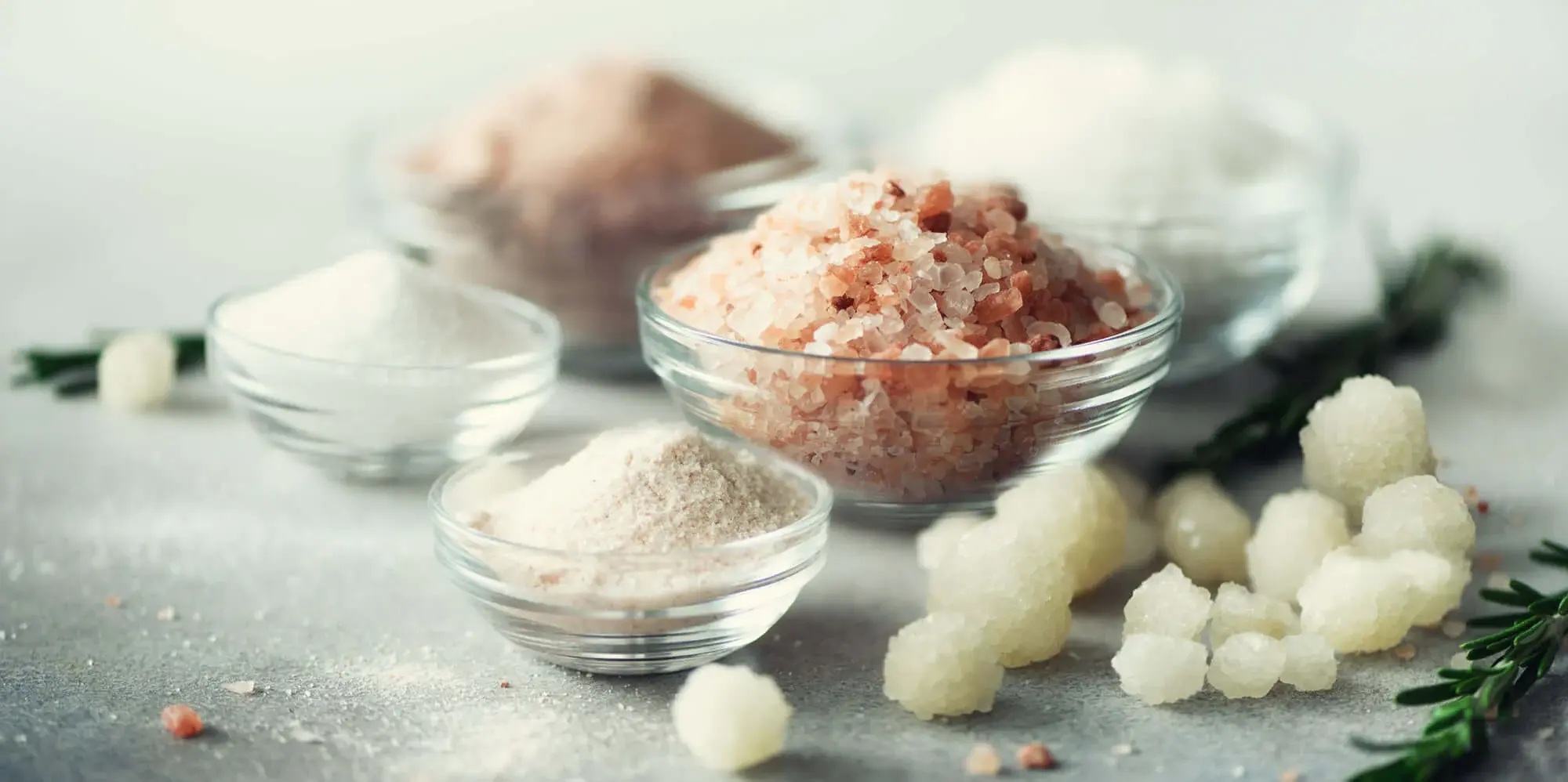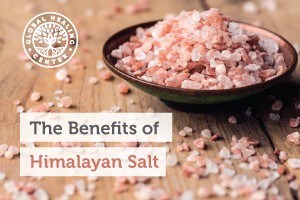Himalayan salt has gained immense popularity in recent years, with many claiming that it offers a unique taste experience compared to regular table salt.
But is there any truth to this claim? Does Himalayan salt really taste different, or is it all just a marketing gimmick?
Himalayan Salt’s Flavor Profile
Himalayan salt is harvested from the Khewra Salt Mine in Pakistan and is touted for its natural purity and unique mineral composition.
Its distinct pink hue comes from trace minerals like iron oxide. But what about its taste? Many claim it has a milder, less harsh flavor compared to regular table salt.
Taste Comparison:
Himalayan Salt vs. Regular Salt To truly understand if Himalayan salt tastes different, let’s conduct a taste comparison.
When sampled side by side, many people notice that Himalayan salt has a subtle, slightly sweeter taste compared to the sharper, saltier flavor of regular table salt.
Factors Influencing Taste Perception
Several factors can influence how we perceive the taste of Himalayan salt. The size and shape of the salt crystals, as well as the method of grinding and processing, can affect its flavor profile.
Cooking with Himalayan Salt:
Does It Impact Flavor? Many chefs and home cooks prefer using Himalayan salt in their recipes, believing it enhances the flavor of dishes. Its subtle taste and mineral richness can add depth to both savory and sweet dishes.
The science behind Himalayan salt
Himalayan salt truly has a different taste, we need to dive into the science behind it. Himalayan salt is believed to be one of the purest forms of salt available, primarily sourced from the Khewra Salt Mine in Pakistan.
The unique pink color of Himalayan salt comes from the trace minerals present in it. These minerals not only give Himalayan salt its distinct appearance but also contribute to its supposed flavor profile.
It’s important to note that there are limited scientific studies that directly compare the taste differences between Himalayan salt and other salts. The perception of taste can vary significantly from person to person, and factors like personal preference and the food being seasoned can also influence our perception of flavor.
While Himalayan salt does contain additional minerals and has a distinct appearance, the true taste difference is subjective and may vary from person to person.
The distinctions between table salt and Himalayan salt
When it comes to comparing Himalayan salt with regular table salt, there are a few key differences to consider. Firstly, the mineral content in Himalayan salt is significantly higher due to its formation process over millions of years.
This means that Himalayan salt contains a variety of minerals such as iron, zinc, and iodine, which are often lacking in regular table salt due to the refining process.
Another important distinction is the texture of the salts. Himalayan salt typically has larger, coarser crystals compared to the fine granules of table salt.
This difference in texture can affect how the salt dissolves and spreads over food, potentially influencing the overall taste experience.
Health benefits of Himalayan salt
To its potential distinct taste, Himalayan salt has gained popularity for its numerous health benefits. These minerals are essential for maintaining proper bodily functions and overall well-being.
One of the key benefits of Himalayan salt is its ability to balance electrolytes in the body. Electrolytes play a vital role in regulating hydration, nerve signals, muscle contractions, and pH levels.
Himalayan salt is believed to improve respiratory and sinus health. Its natural anti-inflammatory properties can help relieve congestion, promote sinus drainage, and reduce symptoms of asthma and allergies.
How to add Himalayan salt to your diet?
Firstly, you can use Himalayan salt as a substitute for regular table salt in your cooking. Its unique flavor profile can enhance the taste of your dishes and add a touch of elegance.
You can also use Himalayan salt as a finishing salt. Sprinkle a pinch of it over your salads, roasted vegetables, or grilled meats just before serving. This will provide a slight crunch and a burst of flavor to your dishes.
Conclusion
While there is limited scientific evidence to support some of the health claims associated with Himalayan salt, such as improved respiratory function or reduced allergy symptoms, it does have some advantages over regular table salt.
It’s important to note that Himalayan salt should be consumed in moderation, like any other form of salt. Excessive intake can still contribute to health issues, such as high blood pressure.
So, if you’re looking to add a touch of elegance to your meals and embrace natural alternatives, Himalayan salt can be a worthy addition to your pantry.






